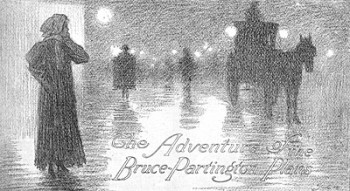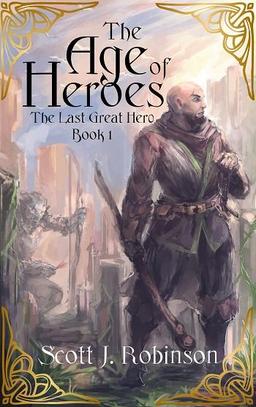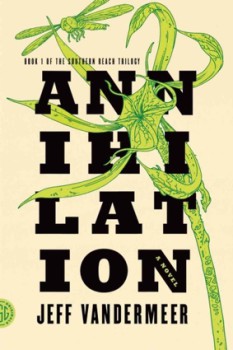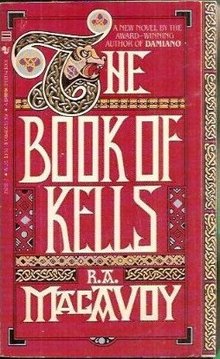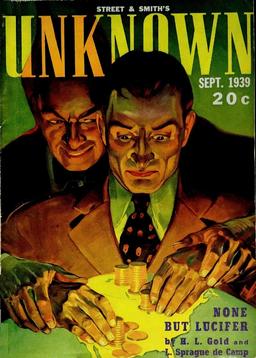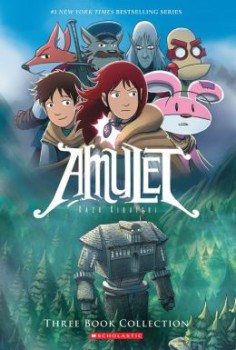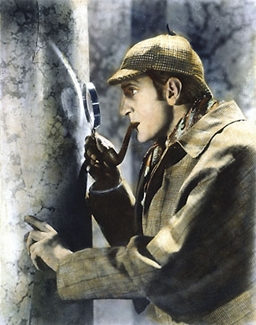The Camera Can Lie: FairyTale: A True Story
 News flash: Sir Arthur Conan Doyle, having created literature’s greatest rationalist in the form of Sherlock Holmes, spent his later years heavily invested in the occult, the supernatural, and the possible existence of (yes) fairies.
News flash: Sir Arthur Conan Doyle, having created literature’s greatest rationalist in the form of Sherlock Holmes, spent his later years heavily invested in the occult, the supernatural, and the possible existence of (yes) fairies.
Of course, people have always evinced a desire to believe — sometimes in this, sometimes in that — and so it is perhaps not so surprising that Conan Doyle played a large role in one of history’s great photographic deceptions, that of the so-called Cottingley Fairies.
In fact, he was one of those most willing to champion the trumped-up, cheap-looking fakes (black and white stills of young girls posing in shrubbery with paper cut-outs of highly Romanticized winged fairies) His role in this debacle (the girls only recanted decades later) is the subject of a FairyTale: A True Story (1997), a film well worth revisiting given our drone-happy, GPS-driven, target-rich world.
You see where I’m going with this, yes? Given our present era of photo manipulation and computer generated graphics, our collective ability to dupe the unwary has never been greater, and just like statistics, images lie.
